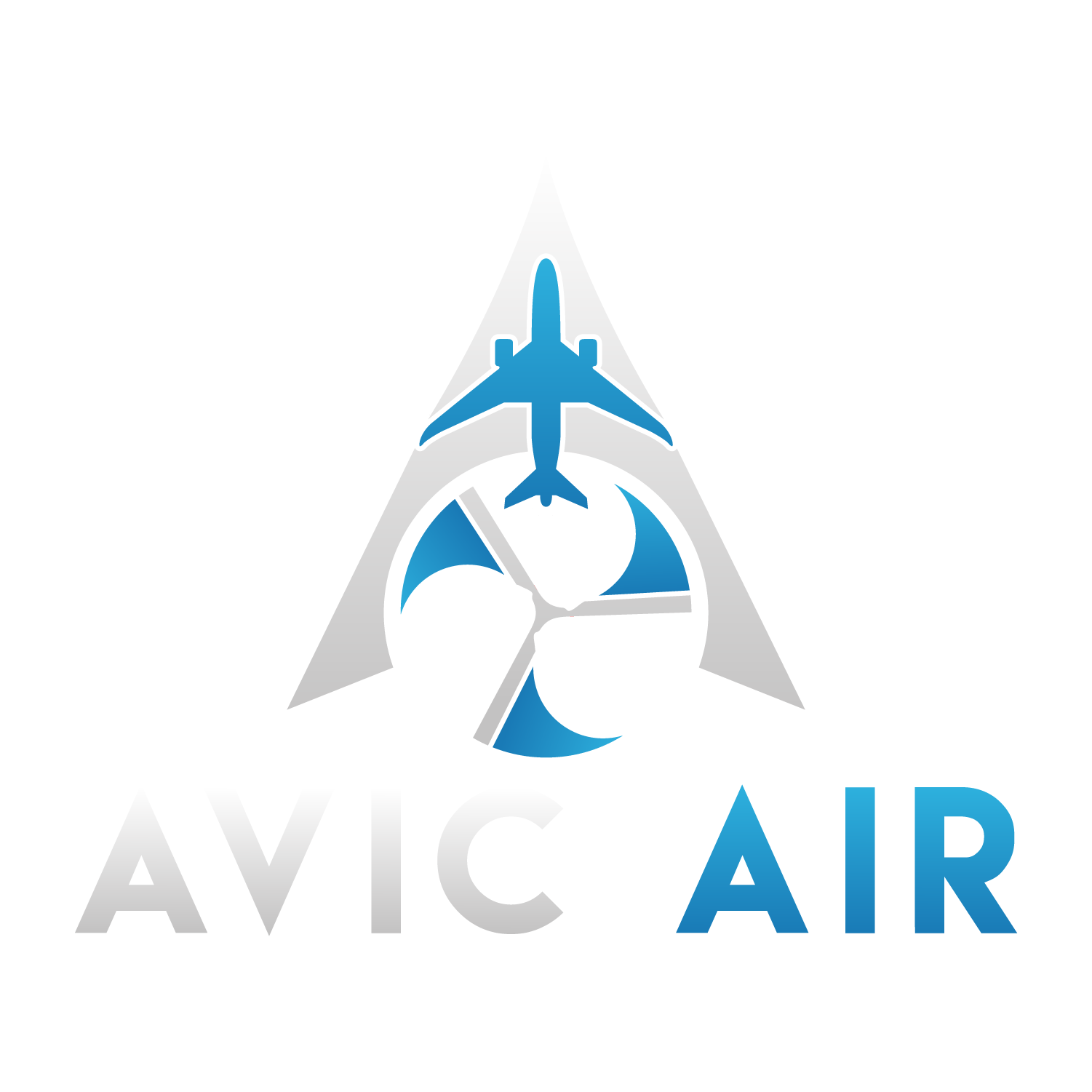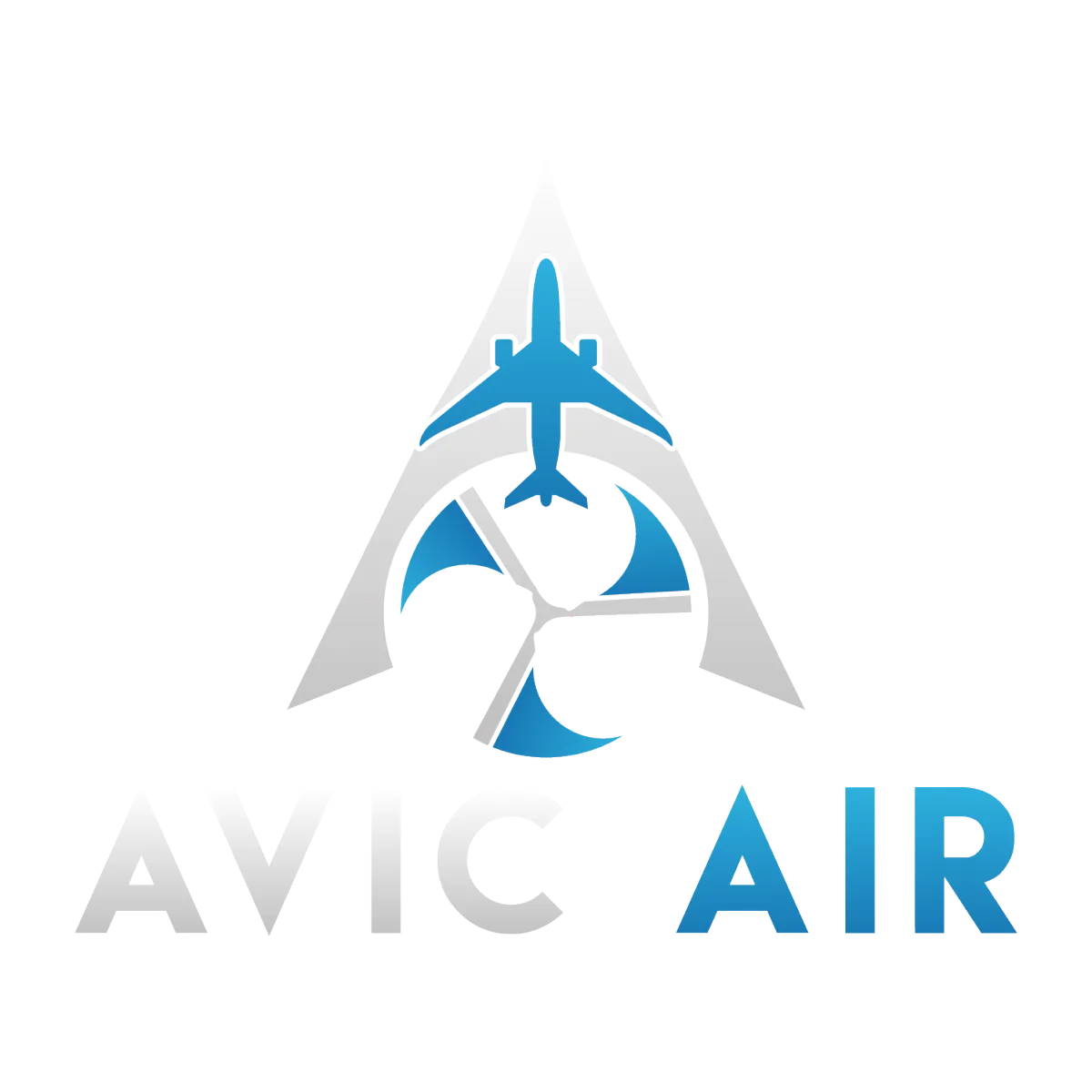Innovative Ideas and Strategies for Aeronautical Success
Aviation Career
Cover Letter and Resume Tips
“Why Isn’t My Résumé Working?”: A Tactical Fix for Pilots Struggling to Get Noticed
There’s nothing more frustrating than knowing you’re qualified — and hearing nothing back.
That’s what brought a mid-career pilot to a recent résumé and cover letter coaching session. He had solid time, a professional mindset, and dozens of applications out. But the results? Silence.
This wasn’t a technical gap. It was a presentation problem — and one that most pilots unknowingly suffer from.
This session, part of a live résumé and cover letter workshop for pilots, revealed a truth many in aviation face:
You can’t rely on qualifications alone. You need communication tools that convert.
Why Most Pilot Résumés Fall Flat
Most résumés in aviation suffer from one of three issues:
Over-formatting with generic Word templates or Canva designs that confuse ATS scanners.
Under-strategizing the content — listing duties instead of demonstrating impact.
No visual hierarchy — failing the 8-second scan test.
In this session, we took the participant’s existing résumé and rebuilt it live — line by line — using a framework designed specifically for flight operations, airline recruiters, and hiring managers in the 135 and 121 world.
The 3 Key Fixes That Moved the Needle
1. Top-Third Strategy
The most critical info — certificates, hours, location, contact — needs to live in the upper-left. No recruiter should have to hunt for your value. If they can’t see why you’re a match in 8 seconds, they won’t keep reading.
2. Simplified Language, Clear Roles
Instead of long-winded paragraphs or marketing-style bullets, we distilled each job down to:
Type of flying
Environment/mission
Key outcomes or responsibilities
We removed fluff like “hard-working team player” and replaced it with measurable facts and clarity.
3. Alignment with Target Job
We reviewed how different résumés must adapt based on whether you're targeting:
135 ops
Initial airline roles
Flight school or Part 91 teaching
One size does not fit all — and the pilot we coached realized he was sending the same generic doc to everyone.
Cover Letters: Not Optional, Not Biographies
Most pilots treat cover letters as filler — or skip them entirely. But in many HR funnels, the cover letter is the first thingread.
We focused on reframing the cover letter as a value pitch, not a story. The new format followed a simple structure:
First sentence: Say why you’re applying (specific company/role)
Middle: Show how you match the mission, culture, or ops style
Close: Indicate availability, readiness, and interest in contributing now
It became a tool — not a formality.
Confidence Comes from Clarity
By the end of the session, the participant didn’t just have a better résumé — he had confidence. He knew what he was showing, why it worked, and how it spoke directly to the roles he wanted.
That’s the real goal of this workshop: clarity. Because once you have that, everything else — networking, interviews, timing — starts to work in your favor.
Final Takeaway
If your résumé isn’t getting callbacks, it’s not because you’re unqualified.
It’s because you haven’t made it easy for them to say yes.
Your experience matters — but only if it's presented the right way.
STAY BRIEFED
Sign up to be the first to find out when something new lands:
-Events
-Articles
-Podcast
-Courses
Large Call to Action Headline
A-V-I-C stands for Aviation Intelligence Community. Our mission is to improve the quality of life for aviators through shared experience. Be sure to join us on the social media sites @avicair, we love sharing ideas, experience, and intelligence to propel our industry forward.



Facebook
Instagram
X
LinkedIn
Youtube